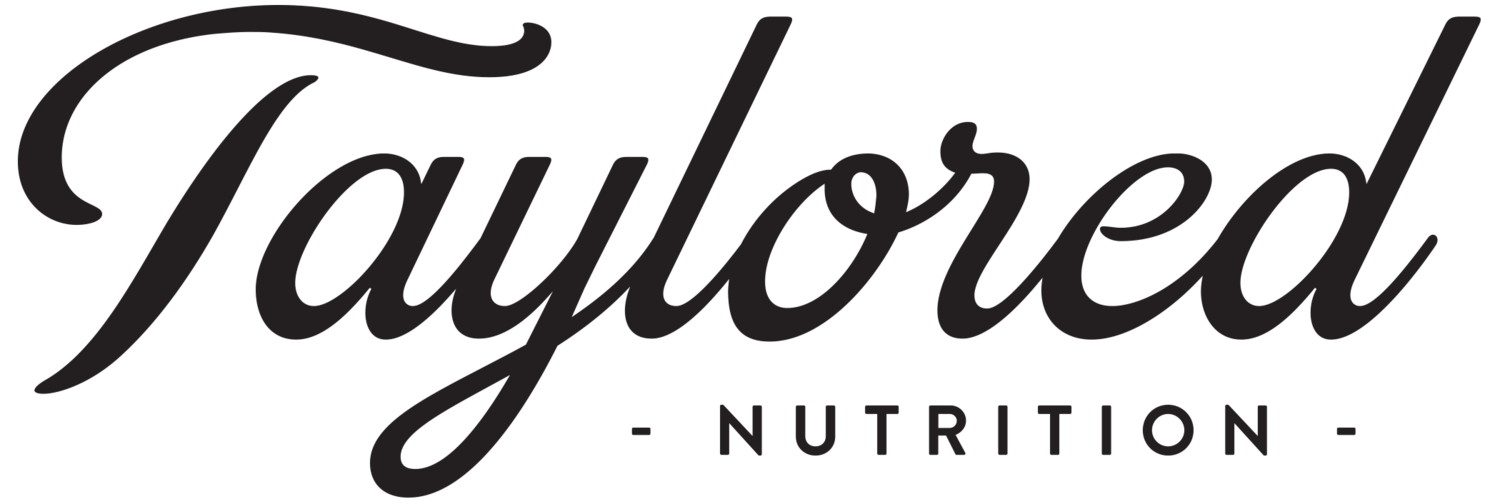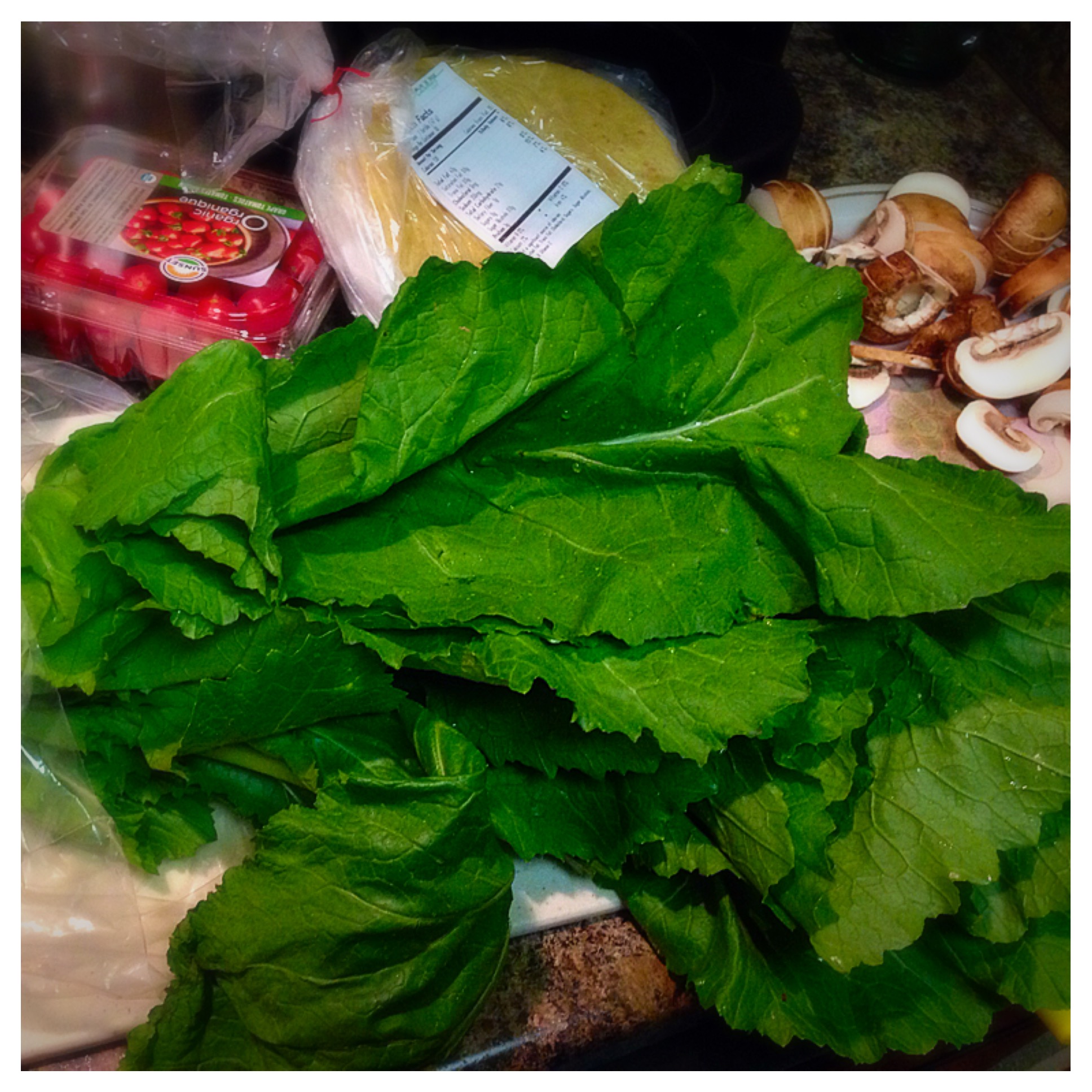This month is all about the facts in our food. Its focus is on learning about the food we eat and why our bodies need it. While, yes, supplements are certainly required and necessary for certain medical reasons, the generally healthy person can acquire what they need through the foods that they eat. If we are choosing the right foods, we are often getting a lot more nutrition in these foods than we think.
I will go into detail about supplements in a later post, but, overall, this month I want you to explore with me the power and magnificence of pure, fresh food and the benefits that these foods hold - the ability to energize our bodies, clear our minds, improve our moods, sharpen our eyes, speed our healing, brighten our smiles, and tantalize our taste buds. I think food is powerful, magical, medicinal, and, other medical complications aside, it can provide all that we need to be and work at our best. As long as I'm able, I will pick food first. I will choose the delight of smelling it, tasting it, pairing its different flavors and textures and temperatures, sharing it with good friends and family, or simply breaking for 10 minutes to savor it on my own over taking pills and supplements.
I hope this month you share in my love and joy and excitement for fresh wholesome food and learn the ways it can empower you to be your strongest, fastest, sharpest self.
Below is a general guide to knowing your food better. Of course, some of these foods contain more vitamins and minerals than I list here, but I'm including what I get asked about most often. Follow along on my Instagram account (@thediningdietitian) to learn more about the nutrients in your food this month!
POWER PLAY FOOD GUIDE:
Meat [beef, poultry, chicken, fish, & eggs] & "Meat Substitutes" [beans, tofu, lentils or "plant proteins"]
Iron
Protein
Zinc
Vitamin B12 [only in animal sources]
NOTE: Pair a source of vitamin C with the plant sources to improve their iron absorption in the body.
Green Fruits & Veggies [leafy greens, broccoli, avocado, kiwi]
Iron (not as much in kiwi)
Folate
Vitamin K
Potassium
Carotenoids (such as lutein in avocado)
Red Fruits & Veggies [bell peppers, tomatoes, watermelon, pink grapefruit]
Lycopene
Vitamin C
Yellow / Orange Fruits & Veggies [carrots, mango, winter squash, sweet potato, cantaloupe, apricots, pumpkin]
Vitamin C
Beta - carotene (precursor to vitamin A in the body)
Blue / Purple Fruits & Veggies [eggplant, plums, blueberries, blackberries, pomegranate]
Anthocyanins (powerful antioxidants)
Whole Grains [rice, quinoa, pasta, oatmeal, cereals, granola bars, bulgur, etc.]
Fiber
Phosphorus
Magnesium
Iron (if iron fortified)
Manganese
Protein (in varying amounts)
Low-Fat Dairy [milk, yogurt, cheese, etc.]
Protein (whey & casein - a good combination for building or maintaining lean muscle)
Calcium
Potassium
Vitamin D (in fortified products)
Healthy Fats [olive, canola & flaxseed oil, nuts & seeds, nut & seed butter, avocado, salmon & tuna]
Monounsaturated Fats
Polyunsaturated Fats
Vitamin E
I hope you can use this list as an easy guide to fill your and your athlete's plates, lunch boxes, and snack bags this summer. Be on the lookout for more posts detailing what these specific nutrients can do for you!
Happy Fueling!
Taylor





